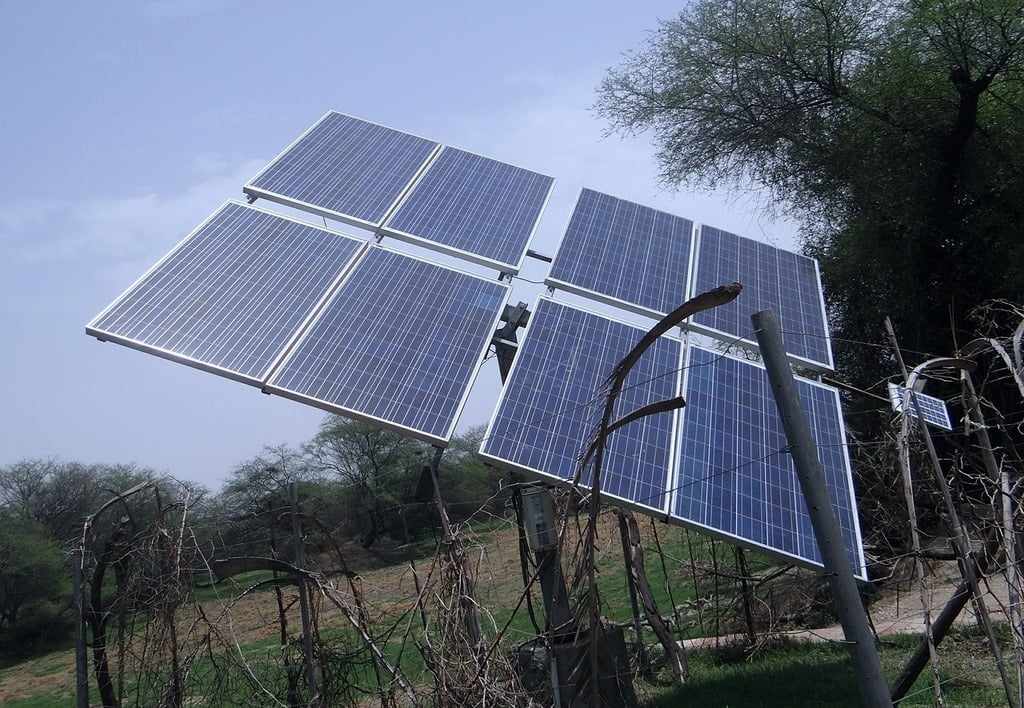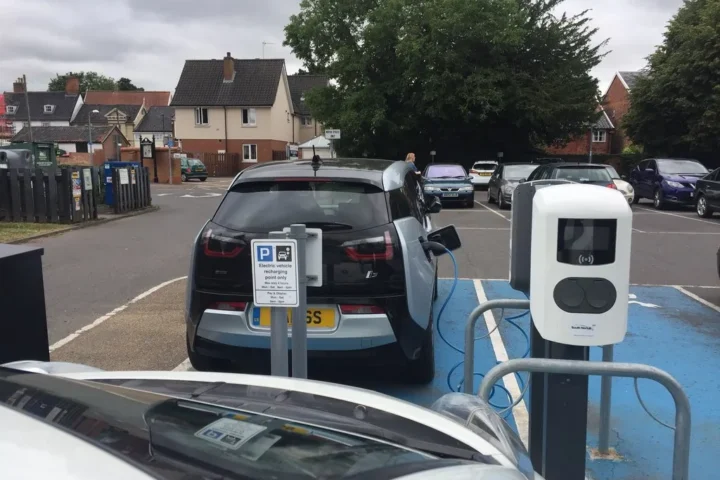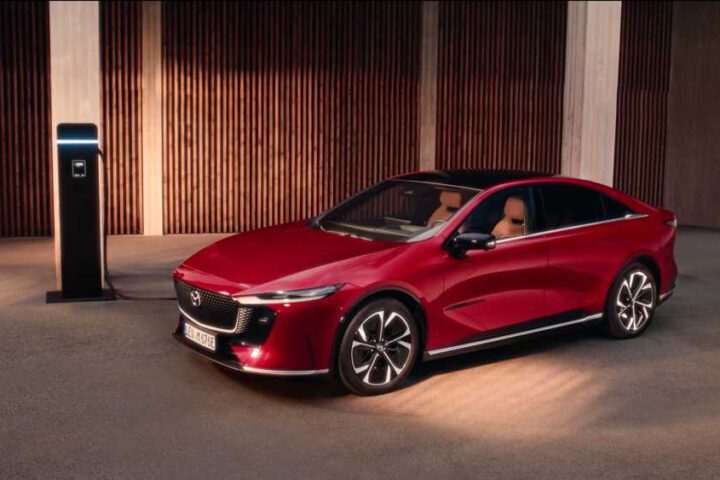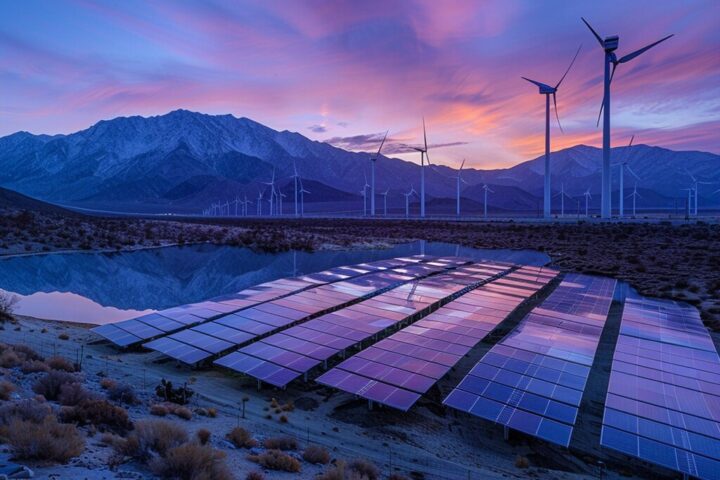The U.S. is on track for a solar power milestone this year, with developers planning to add 33 gigawatts of solar capacity — enough to account for roughly half of all new electricity generating capacity in 2025, according to the Energy Information Administration (EIA).
This solar surge is part of a planned 64 gigawatt expansion of U.S. generating capacity this year. If realized, 2025 would set a new annual record for power capacity additions, breaking the previous high of 58 gigawatts established in 2002.
“If planned capacity additions for solar photovoltaic and battery storage capacities are realized, both technologies will add more capacity than in any previous year,” the EIA noted in its August 20 report.
Texas has emerged as the solar leader, accounting for 27% (3.2 gigawatts) of all U.S. solar capacity added in the first half of 2025. Developers plan to bring another 9.7 gigawatts online in Texas before year’s end. The Lone Star State surpassed California last year to become the nation’s top state for utility-scale solar capacity.
Texas’s rapid solar growth stems from its abundant sunshine, available land, and surging electricity demand. These factors have made it particularly attractive for large-scale solar development.
Battery storage represents the second-largest category of new power capacity in 2025, with 5.9 gigawatts added in the first six months alone. About half of this new storage capacity was built in Arizona and California. Texas developers plan to add 7.0 gigawatts of battery storage this year, with most coming online in the second half of 2025.
These battery systems play a crucial role in storing electricity from solar farms and other sources, making renewable energy available when the sun isn’t shining.
Similar Posts
Wind and natural gas power plants make up nearly all the remaining planned capacity additions for 2025.
The current building boom marks a significant shift from the 2002 record year, when natural gas fueled 57 of the 58 gigawatts added to the grid. While developers continue to build natural gas facilities yearly, other technologies like wind, solar, and battery storage have become increasingly common choices for new capacity.
Power plant retirements have slowed considerably this year. Of the 8.7 gigawatts that operators planned to retire in 2025, only 2.0 gigawatts were taken offline during the first half of the year. More than 3.6 gigawatts of previously scheduled retirements have been delayed or canceled, including:
- Coal-fired Units 1 and 2 of Brandon Shores (1.3 gigawatts) in Maryland
- Oil-fired Units 3 and 4 of Herbert A. Wagner (0.7 gigawatts) in Maryland
- Natural gas-fired Units 1, 2, and 3 of the V.H. Braunig plant (0.9 gigawatts) in Texas
If current retirement plans hold, coal-fired power plants will account for 71% of capacity retired this year, with natural gas making up 19%.
The solar boom comes at a pivotal time as U.S. states work to reduce carbon emissions while meeting record-high electricity demand driven by expanding industries, particularly technology companies.
However, the outlook for future solar development faces uncertainty. Many federal financial incentives that have driven solar growth in recent years may disappear under President Donald Trump’s administration, potentially affecting development plans beyond 2025.It’s worth noting that while solar may represent half of new capacity additions, its contribution to actual electricity generation will be proportionally smaller due to the intermittent nature of solar power compared to fossil fuel plants that can run continuously.



















